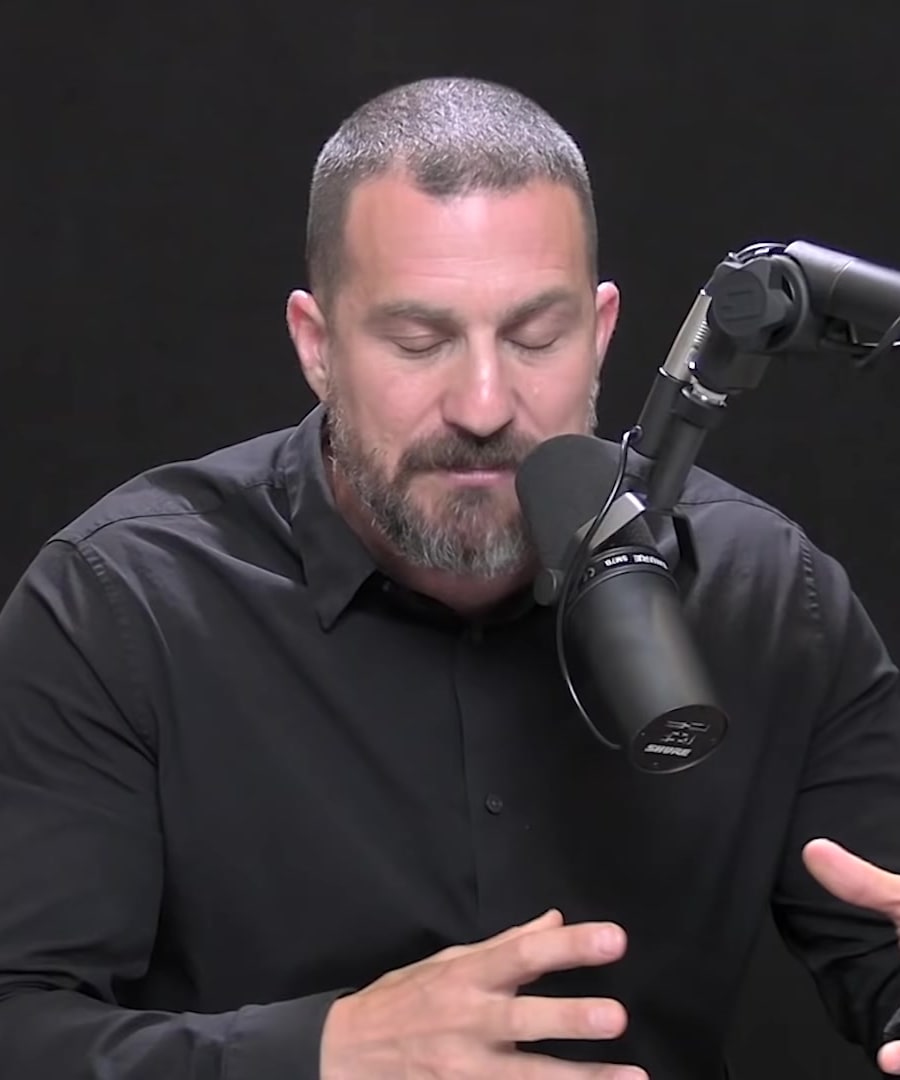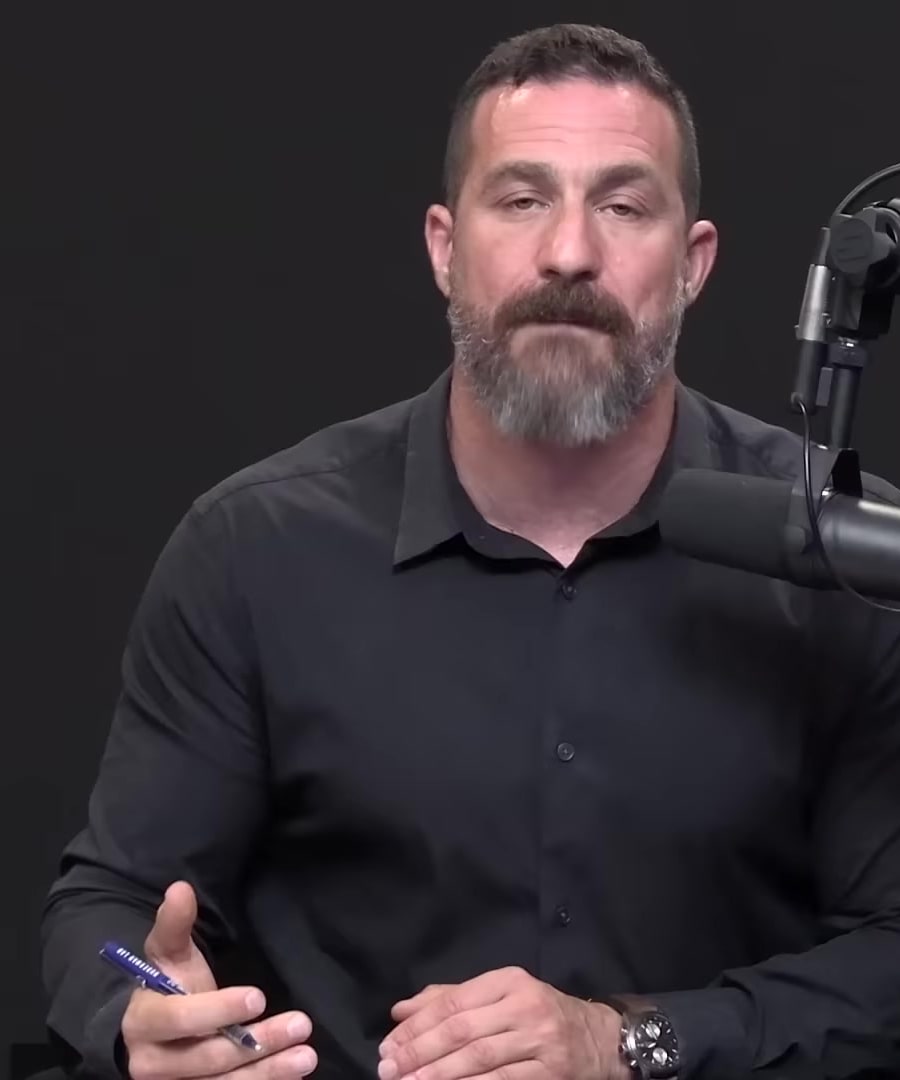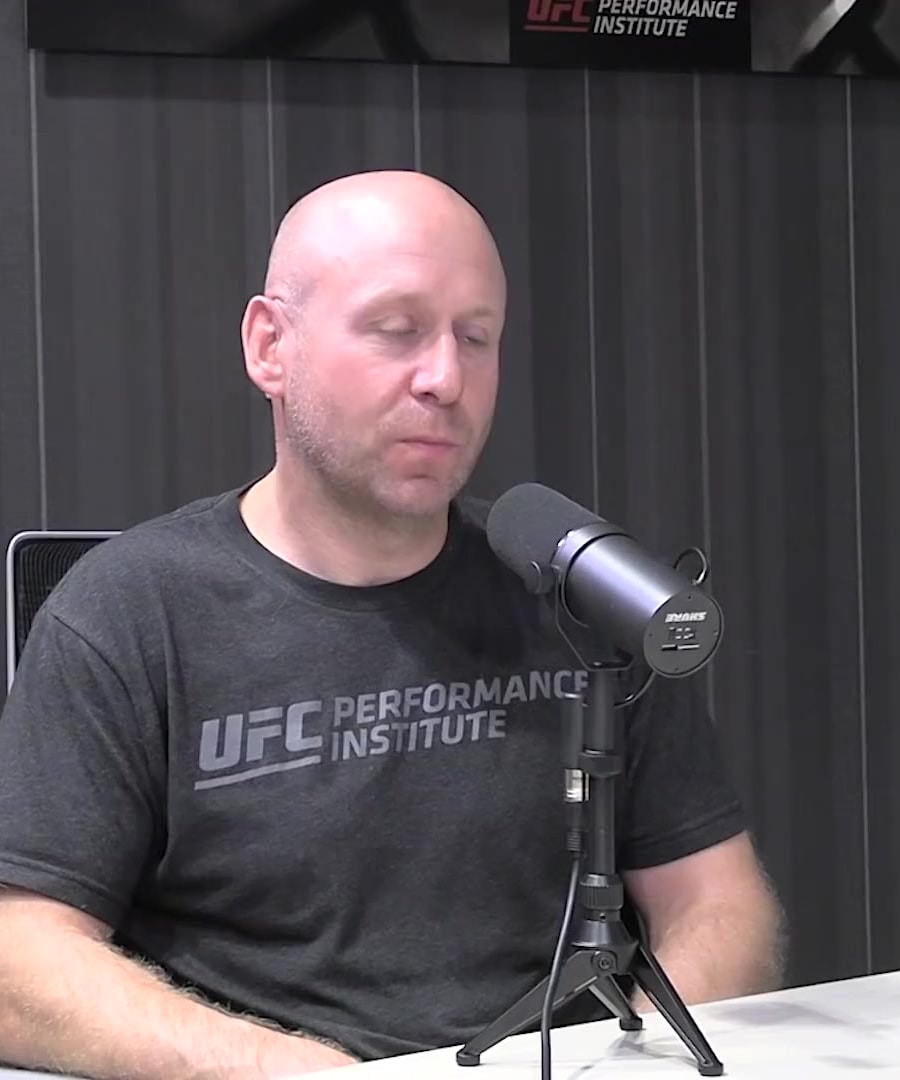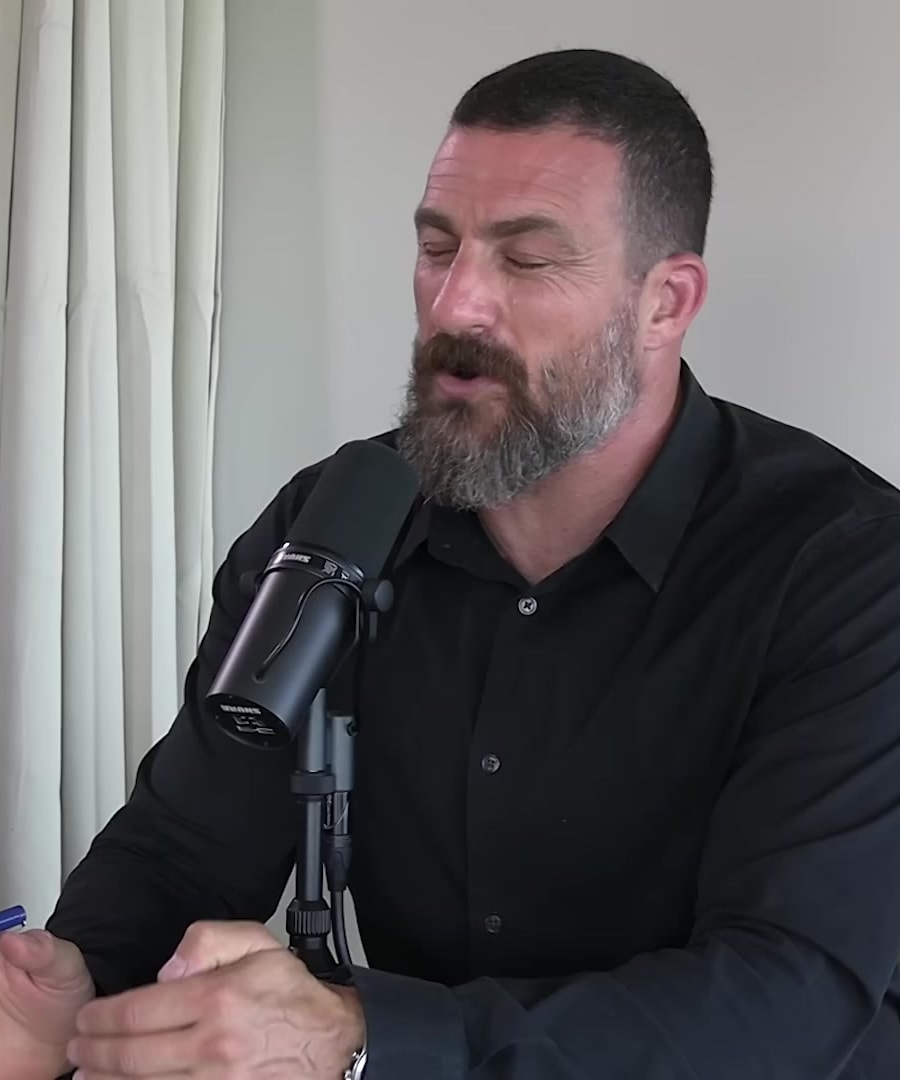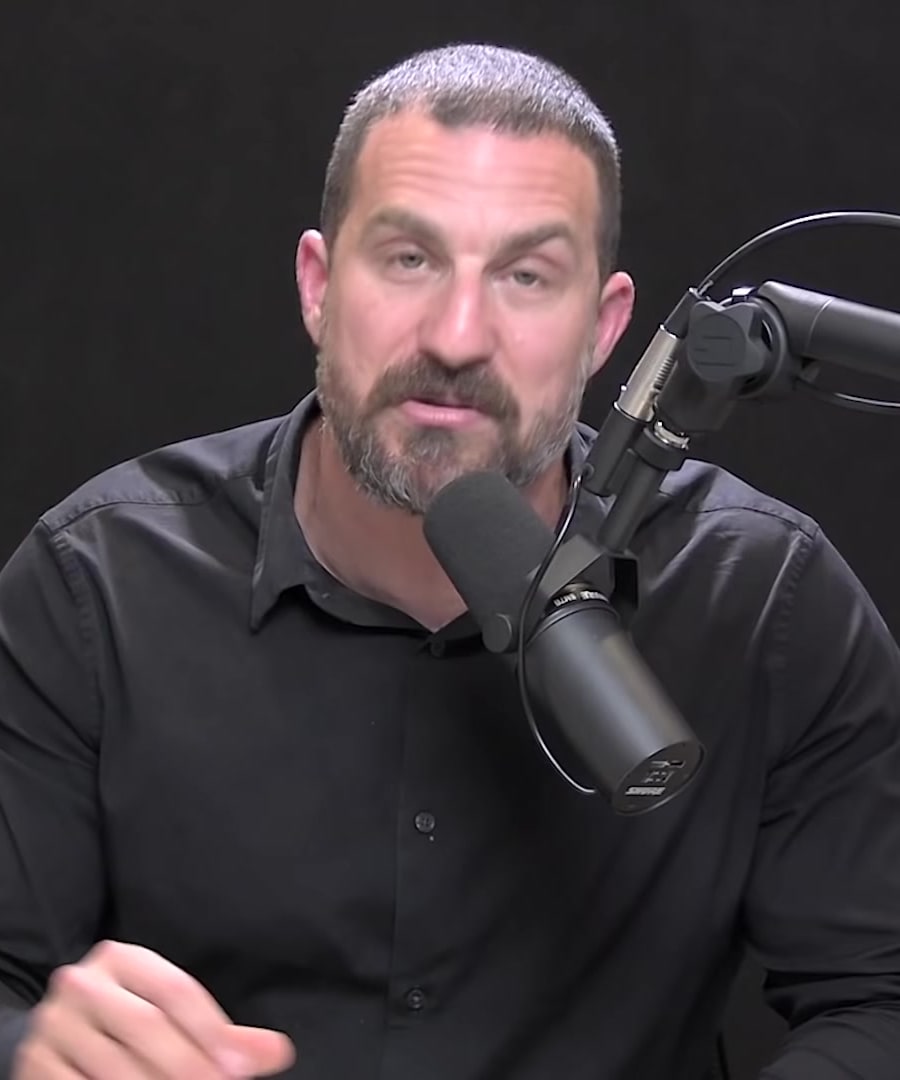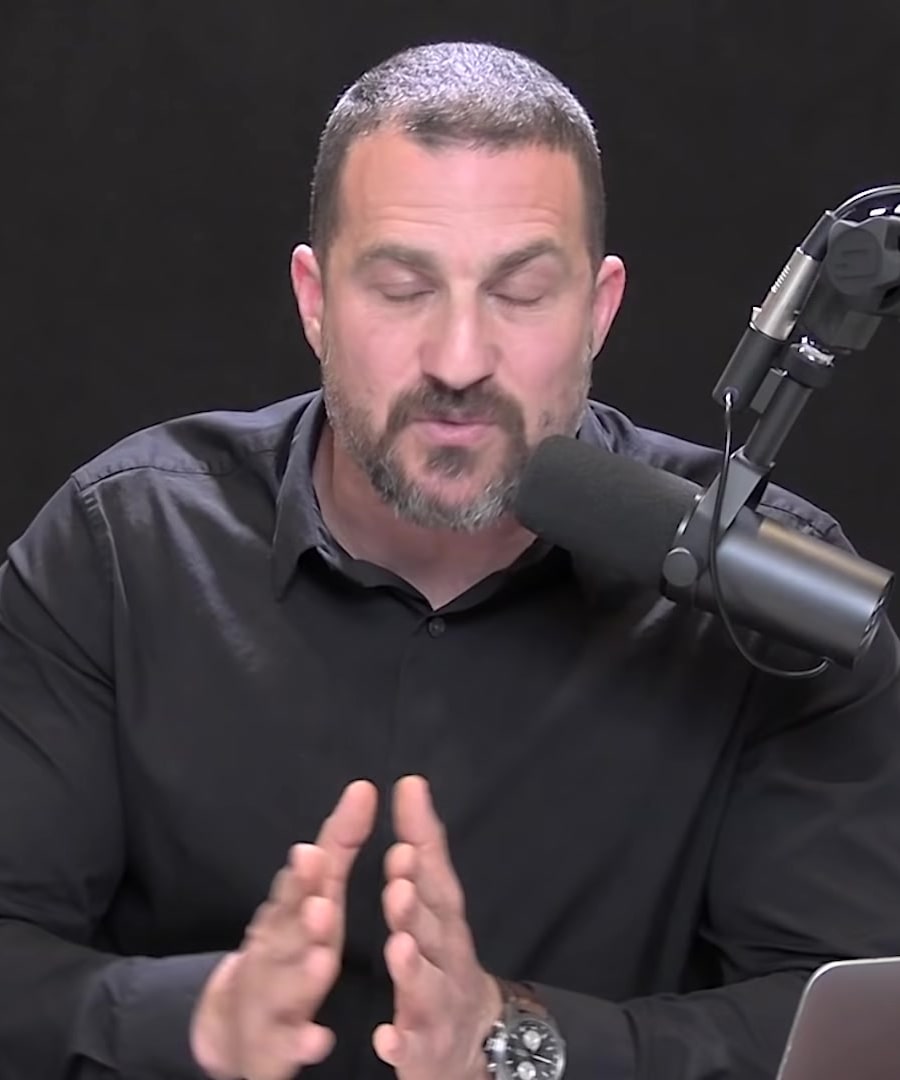I’d like to build muscle, where best to start?
Sources:
To start building muscle effectively, here are some key points based on knowledge from the :
-
Optimal Training Structure: Aim for around 60 minutes of exercise, which yields optimal health benefits 1. Combine endurance and resistance training, with a 3:2 ratio (three workouts on endurance and two on resistance in a week, or vice versa after a period) to improve overall health 1.
-
Muscle Engagement: When training a specific muscle, such as your glutes, focus on contracting the muscle during exercises, feeling a pump afterward, and noticing some soreness the following day. These indicators suggest effective muscle engagement and potential growth 2.
-
Resistance Training: Use weights that are 30% to 80% of your one-rep maximum and perform sets to failure or near failure to maximize muscle hypertrophy and strength gains 3.
-
Mind-Muscle Connection: Develop a strong mind-muscle connection to better activate and stimulate muscle growth. Gripping weights tightly and focusing on contraction can help you engage the weaker side or less responsive muscles 4.
-
Training Principles: Consider the three by five protocol, which involves doing three to five exercises per workout, for three to five sets per exercise, with three to five repetitions per set, and resting for three to five minutes between sets 5. Focus on heavy, compound movements for larger muscle groups 5.
-
Consistency Over Variation: Consistency in exercising is key. While variety in exercises can be beneficial, it's more important to revisit the same exercises to achieve muscle growth 6.
-
Training Frequency for Beginners: If you're starting out (untrained), you should aim to perform at least five sets per muscle group each week to maintain muscle, and potentially up to 15-20 sets per week as you progress 7.
Remember to listen to your body, stay consistent with your workouts, and ensure proper nutrition and rest to support muscle growth.
RELATED QUESTIONS-
Elaborate on 7. please
Sources:
For building muscle as an untrained individual—someone who has been performing resistance exercises for less than about two years— advises that the number of sets performed per muscle group each week is crucial. For maintenance of muscle size and strength, at least five sets per muscle group per week in the range of 30% to 80% of your one-repetition maximum are required, with those sets getting close to or achieving muscular failure while maintaining good form 1.
To increase muscle size and strength, you should aim for 10 to 15 sets per muscle group per week. These numbers can vary, with recommendations ranging up to 20 sets per week, depending on whether you are trained or untrained 2. It's important to note that these sets don't necessarily all have to be performed in one workout session; they can be spread out throughout the week. The episodes also discuss deloading every 4 to 8 weeks to avoid burnout or injury and the advisability of performing a number of sets to true muscular failure—typically around 10% of your sets 3.
Furthermore, , a guest on the , suggests that those seeking to grow muscle could work in the 8 to 15 repetition range. If the goal is strength gains with less hypertrophy, one should focus on fewer reps (below five) with more total sets, such as eight sets of three 4.
The strategy can include training the same muscle group multiple times a week or once per week as long as the total volume of sets per week is met, and progressively increasing intensity or volume over time to ensure continuous progress 5.
RELATED QUESTIONSHow does resistance training affect hormones?
Sources:
Resistance training has been shown to impact hormone levels in several significant ways, as articulated by on various episodes of the . Here are some of the effects of resistance training on hormones as described on the podcast:
-
Growth Hormone and IGF-1: Exercise triggers the release of growth hormone (GH) and IGF-1 (insulin-like growth factor 1), which can lead to positive effects on memory and cognition. Patterns of exercise, including the duration and type, have sex-dependent effects on growth hormone and IGF-1 levels 1.
-
Testosterone: Resistance training stimulates testosterone release in both males and females. This release is partly due to engaging motor neurons under heavy loads, leading to a stress response within the body. The mechanical stress and metabolic stress from resistance training can cause sympathetic arousal and trigger hormone cascades involving the hypothalamic-pituitary-adrenal (HPA) axis, resulting in increased testosterone levels. There are specific protocols, such as doing compound movements like squats or deadlifts with heavy loads but not to failure, that are believed to optimize the anabolic hormonal response and increase testosterone levels 2 3 4.
-
Cortisol: Training sessions that extend too long with high intensity may lead to an increase in cortisol levels, which can be detrimental to recovery and training goals. Keeping resistance training sessions under a certain time limit, such as 60 minutes, can help prevent the undesirable rise in cortisol 2.
-
Adrenergic Response: Heavy resistance training can elicit an adrenergic response, involving catecholamines such as epinephrine and norepinephrine, which plays a role in the hormonal response to exercise. This response can influence both adrenal and gonadal release of testosterone 3.
Resistance training can directly affect the endocrine system through these hormonal responses, which are essential for muscle adaptations and general health. However, the exact mechanisms of action are complex and there are many variables at play, including exercise intensity, duration, an individual’s sex, and overall health state.
RELATED QUESTIONS-
Is crossfit good?
Sources:
While the has not provided a direct statement evaluating the overall effectiveness or suitability of CrossFit as a form of exercise, there are discussions related to elements of fitness that overlap with typical CrossFit workouts. It is worth noting that CrossFit involves a combination of strength training, high-intensity interval training (HIIT), and other functional movements, which can contribute to physical fitness. However, concerns about exercise form and safety have been expressed, particularly when prioritizing speed or number of repetitions over exercise quality 1.
Here are some related insights and opinions on topics associated with CrossFit-style training:
-
Combined Exercise Regimes: Resistance training and getting the heart rate up for an extended period are both important for cardiometabolic health. A mix of cardiovascular exercise and resistance training benefits overall fitness 2.
-
Functional Fitness: Incorporating a balance of strength, hypertrophy, and cardiovascular training creates general functional fitness, an aspect often emphasized in CrossFit 3.
-
Intensity and Hormones: Training vigorously for more than an hour may not be hormonally beneficial, and regular long sessions of high-intensity exercise can lead to issues like hormonal imbalance and overtraining 4.
-
Exercise Safety: Safety during workouts is crucial, and the lack of focus on exercise technique in high-intensity settings can lead to orthopedic issues and other injuries 1.
-
Personalization: Assessing individual fitness levels and goals is key. While some people train for aesthetics, others aim for performance or functionality. Understanding personal objectives and the most beneficial training methods is essential for optimizing exercise outcomes 5.
In general, whether CrossFit is "good" will depend on individual goals, preferences, the quality of coaching received, emphasis on form and safety, and how the training program is structured to suit the individual's needs. It's essential to consider personal fitness levels, health conditions, and goals when determining if CrossFit is the appropriate choice for an exercise program.
Thank you for your feedback!RELATED QUESTIONS-
How can I ensure safety during high-intensity workouts?
Sources:
To ensure safety during high-intensity workouts, consider the following advice from :
-
Avoid All-Out Effort: Be cautious with all-out sprints or cardiovascular exercises, as you can injure yourself. It's recommended to avoid movements that you cannot perform with perfect form. For example, sprint at about 95% capacity instead of going all out to prevent overextension of limbs or other injuries 1.
-
Stay Hydrated: Proper hydration is crucial during exercise to maintain performance. A baseline calculation for hydration needs is the body weight in pounds divided by 30, which gives you the ounces of fluid to drink every 15 minutes of exercise. However, adjust fluid intake based on your level of sweating and hydration status 2.
-
Avoid Overheating: Be aware of the danger of overheating and hyperthermia. It's important to dump heat effectively in order to perform longer and safely. Be especially cautious with supplements or substances that can elevate body temperature 3.
-
Breathing for Recovery: Incorporate three to five minutes of down-regulation breathing after your workout, focusing on longer, deliberate exhales to shift from the stress of the workout to recovery mode. This can enhance recovery and promote the adaptations you're training for 4.
Following these guidelines should help in reducing the risk of injury and improving your overall workout safety during high-intensity training sessions.
RELATED QUESTIONS-
The skin by my shon has been very itchy recently
It appears there is no specific discussion from that directly addresses the issue of itchy skin around the shin or any related conditions. For medical concerns such as persistent skin itchiness, it's important to consult with a healthcare provider. They can determine the underlying cause and recommend appropriate treatments.
If you have additional questions or topics you would like to explore within the scope of 's expertise, please feel free to ask!
RELATED QUESTIONS
I’d like to build muscle, where best to start?
- RELATED QUESTIONS
Elaborate on 7. please
- RELATED QUESTIONS
How does resistance training affect hormones?
- RELATED QUESTIONS
Is crossfit good?
- Thank you for your feedback!RELATED QUESTIONS
How can I ensure safety during high-intensity workouts?
- RELATED QUESTIONS
The skin by my shon has been very itchy recently
- RELATED QUESTIONS
